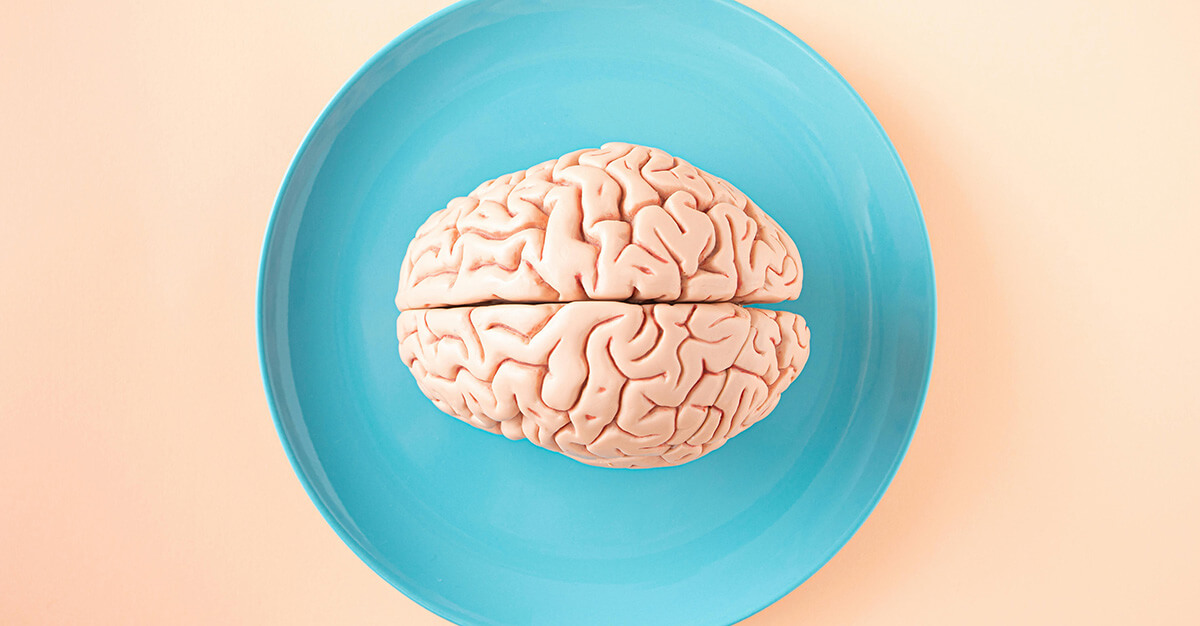The human body, like other organisms, is always fighting to survive. It needs resources and strong defenses to function and stay alive.
New research published in Nature has revealed a hidden messenger. This discovery changes what we know about how the body fights its ongoing battle.
T cells, which help the immune system, were once thought to avoid the brain. Scientists believed they only entered during illness or injury. But the new study found T cells in healthy brains of mice and humans. Researchers located the cells in the subfornical organ, deep in the brain.
This small region helps control hunger, thirst, and other survival needs. T cells here may act as messengers between the gut and the brain. These cells could send real-time signals that shape behavior and appetite. Scientists think they may carry updates on gut health and nutrition.
How Did Researchers Link T Cells to the Brain?
Changes in the gut microbiome affected how T cells reached the brain. Mice raised without gut microbes had no T cells in their brains. Removing brain T cells also changed how mice searched for food. After fasting, these mice were slower to find and eat.
Scientists found similar T cells in donated human brain tissue. These T cells closely matched immune cells from the gut and fat. Researchers believe gut microbes train these T cells before they travel. In baby mice, weaning and solid food triggered this cell movement.
Germ-free mice, with no gut microbes, had no brain T cells. Mice given antibiotics also showed fewer brain T cells. These findings suggest a strong link between gut microbes and brain cells.
What Future Research Could Stem from this Gut-Brain Link?
The gut and brain already communicate through the vagus nerve and molecules. This study suggests a new route for that communication.
T cells may serve as messengers between the gut and the brain. Researchers still don’t know how these cells move to the brain. They plan to study T cells in diseases like multiple sclerosis and Parkinson’s. This discovery raises many new questions about immune-brain interactions.
The research highlights the fat–brain and gut–brain pathways as important systems. It also shows that T cells support normal brain health, not just disease response.
This finding challenges old beliefs about how the immune system works in the brain. Normally, the brain is protected by the blood-brain barrier. This barrier blocks harmful cells and substances from entering brain tissue. But the subfornical organ has a weaker barrier that allows more signals through.
That could explain how immune cells access this part of the brain. The gut–brain axis is already known to affect mood, hunger, and health.
Until now, no study showed immune cells physically carry messages to the brain. These T cells may deliver updates about gut microbes and nutrition.
Fat tissue may act as a checkpoint before T cells reach the brain. The immune system could help the brain track hunger and fullness.
Experts say more research is needed to understand how this process works. Future studies may show how T cells in the brain influence other cells. The researchers plan to keep studying these brain-resident T cells in detail.
Conclusion
A new study reveals that T cells live in the healthy brain. These cells likely deliver real-time updates from the gut and fat. Their discovery may reshape how we understand brain-immune communication.
Have an upcoming trip? Passport Health offers a wide variety of options to help keep you safe from disease, including vaccines. Call or book online to schedule your appointment today.
Logan Hamilton is a health and wellness freelance writer for hire. He’s passionate about crafting crystal-clear, captivating, and credible content that elevates brands and establishes trust. When not writing, Logan can be found hiking, sticking his nose in bizarre books, or playing drums in a local rock band. Find him at loganjameshamilton.com.

